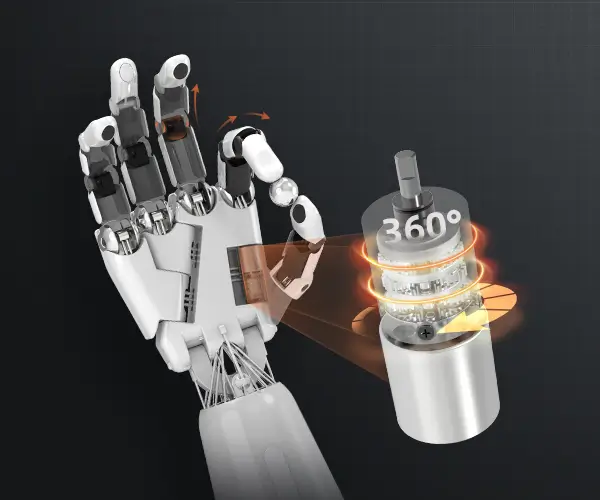Imagine waking up to the buzz of a system that just works. No crashes, no lag, just seamless interaction. That’s what microservice architecture can do for your Java projects. Trust me, once you get the hang of it, everything feels lighter, more manageable, almost like a breath of fresh air—like switching from a cluttered desk to one where everything has its spot.

Diving into microservices isn't just splitting your monolith into bits. It’s a whole new way of thinking about building and scaling applications. Java developers, in particular, find microservice architecture to be a game changer. Think about it—small, independent modules working together, each responsible for a slice of the entire platform. You get flexibility. Updates? Painless. Deployment? Faster than ever. And if one part goes down, the rest keeps humming along.
It's like having a team of specialists rather than a giant, unwieldy office. Need to add a new feature? Tackle it in one microservice, without risking the entire system. Want to improve performance? Focus on that one piece without touching the others. Plus, with Java's rich ecosystem—Spring Boot, Docker, Kubernetes—the whole setup gets even more streamlined.
But let's get to the real stuff—questions. Why bother switching? Well, the classic problem is scalability. Ever feel your app sluggish during peak times? Microservices shine there. They let you spin up new instances for specific functions—say, handling payment processing, separate from user management. It’s like giving each part of your system its own gym membership—flexibility galore.
And don’t forget about resilience. If one microservice hiccups, others keep chugging. That's peace of mind most traditional architectures can't match. Plus, continuous deployment becomes a breeze. You can push updates or new features without bringing everything to a halt. It feels like upgrading your car while it’s still driving.
Someone might ask, is it complicated? Sure, there's a learning curve. But tools and frameworks have matured. If you’re familiar with Java, diving into microservices is primarily about understanding how to break down your monolith and orchestrate those parts efficiently. Once you get it, you'll wonder how you ever managed without this setup.
All roads seem to lead to improved agility, but practical benefits rule the day. Faster iterations, better fault isolation, easier scaling—that's what microservice architecture offers. It's not just a trend; it’s a strategic shift that empowers your codebase for the future, making sure you’re not just keeping up, but staying ahead.
So, when you're thinking about modernizing your Java applications, remember: microservices aren’t just a buzzword—they’re a proven way to build resilient, flexible, and scalable systems. Dive in, experiment, iterate, and watch your projects flourish.
Established in 2005, Kpower has been dedicated to a professional compact motion unit manufacturer, headquartered in Dongguan, Guangdong Province, China. Leveraging innovations in modular drive technology, Kpower integrates high-performance motors, precision reducers, and multi-protocol control systems to provide efficient and customized smart drive system solutions. Kpower has delivered professional drive system solutions to over 500 enterprise clients globally with products covering various fields such as Smart Home Systems, Automatic Electronics, Robotics, Precision Agriculture, Drones, and Industrial Automation.




































